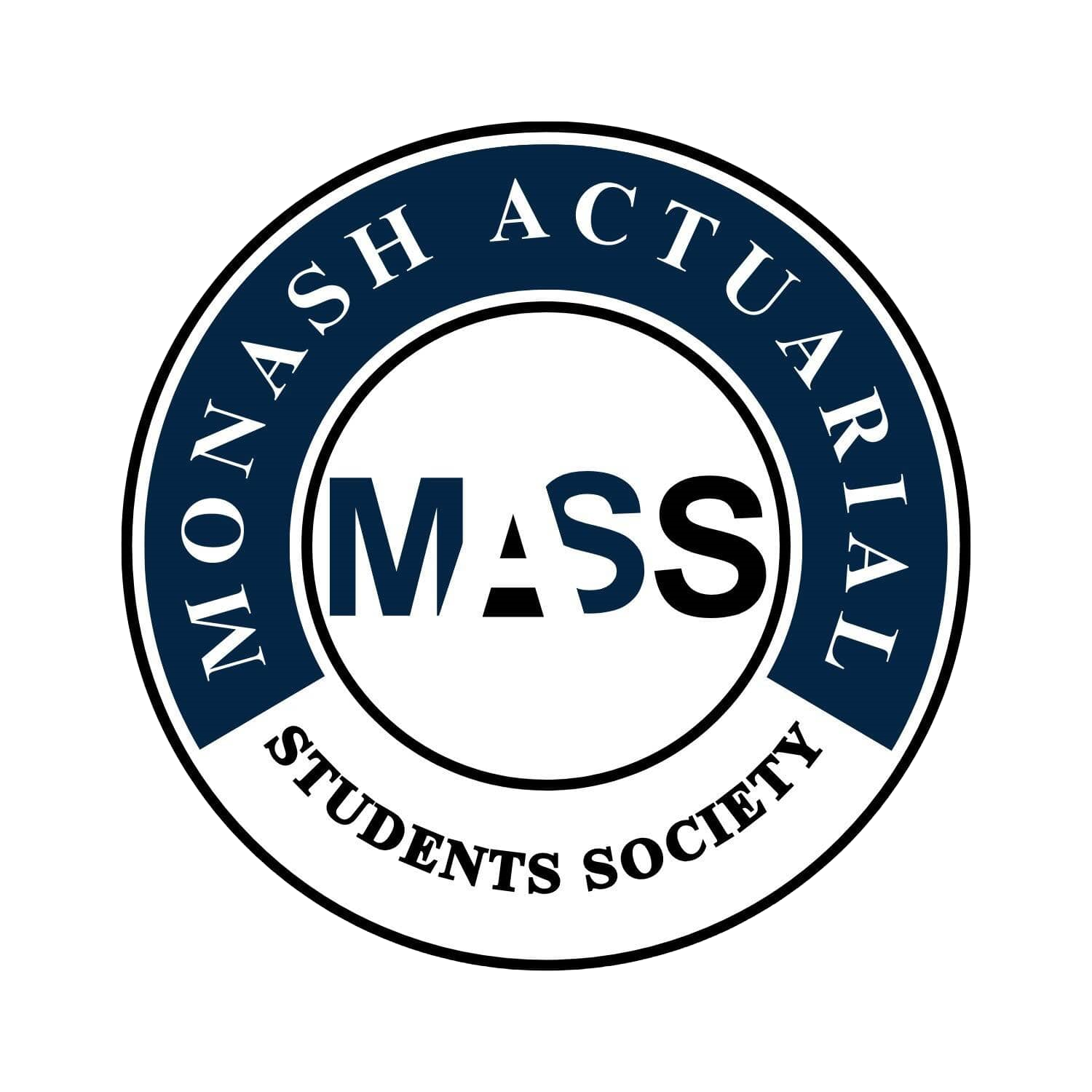ETC2410 Introductory Econometrics
(2022)
Difficulty:
Year Completed: Semester 2, 2022
Prerequisite: ETC1000
(or ETW1001, or ETB1100, or FIT1006, or SCI1020, or ETF1100, or STA1010)
Exemption: N/A (prerequisite for other units)
Mean Setu Score: 75.85%
Clarity of Learning Outcomes: 74.51%
Clarity of Assessments: 82.52%
Feedback: 72.28%
Resources: 71.57%
Engagement: 86.27%
Satisfaction: 67.96%
Subject Content:
Lecture(s) and Tutorial(s):
Textbook(s):
Assessments:
Topics included a review of probability and statistics, the mathematics behind OLS, bivariate and multivariate regression models, analysing these regressions using hypothesis tests, confidence intervals, and model selection criteria, as well as the use of dummy variables, log transformations and polynomial regressors. Topics such as multicollinearity, testing for and adjusting for heteroskedasticity and autocorrelation and modelling for time series data were also covered.
2 x 1 hour lectures
1 x 2 hour tutorial
Introductory Econometrics: A Modern Approach 7th edition – not used at all, but provides thorough explanations of topics covered.
2 group assignments: Assignment 1: 20%, Assignment 2: 10%
Tutorial quizzes and participation: 10%
Final Exam 60%
Comments
The content can be initially challenging as the unit presents many new concepts about regressions. The content builds upon the previous week in a logical structure, so attention to detail and staying up to date in the content is crucial for success. Ultimately, as long as students ask questions to get further clarification when needed, they’ll be able to perform well as the topics are interlinked.
The lectures were extremely theory based and could be repetitive at times. They were quite mathematically focused on proofs behind the concepts which often weren’t tested. However the lecture slides were quite comprehensive and useful.
The tutorials carry a 10% mark for attendance and participation so they’re essential to attend. Additionally the tutorials proved to be very helpful as they were structured so as you would follow the questions with the tutor in real time. This provided an excellent opportunity to ask questions on topics that needed clarification, and also to see how the concepts taught in lectures can be applied to questions.
The two group assignments were quite challenging as the questions were harder than those within the tutorials, and the marking was also unforgiving. However, due to the difficulty of the assignments, they prepared students well for the exam as the assignment questions were harder than those in the final exam.
To study for the final exam a sample exam was provided, which was a good indicator of the exam difficulty. In the final exam a double sided A4 cheat sheet was allowed. Ultimately the exam was rather fair in difficulty, students that actively engaged in the unit throughout the semester and got their questions clarified could achieve strong results.
The unit can be challenging at times, with the large amounts of conceptual math taught sometimes being daunting. It’s important for students to grasp a strong conceptual understanding and focus on how the theory is applied in tutorial questions, as this is what the assessments focus on.
Ultimately it is recommended that students actively engage and stay up to date with the unit in order to achieve success.
General Overview:
Lectures:
Tutorials:
Assessments/Other Assessments
Concluding Remarks

